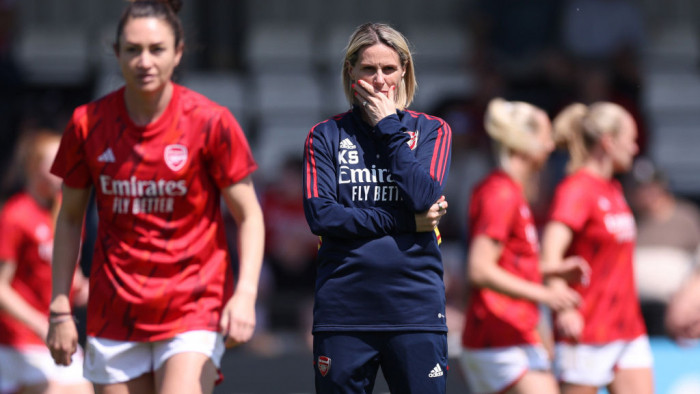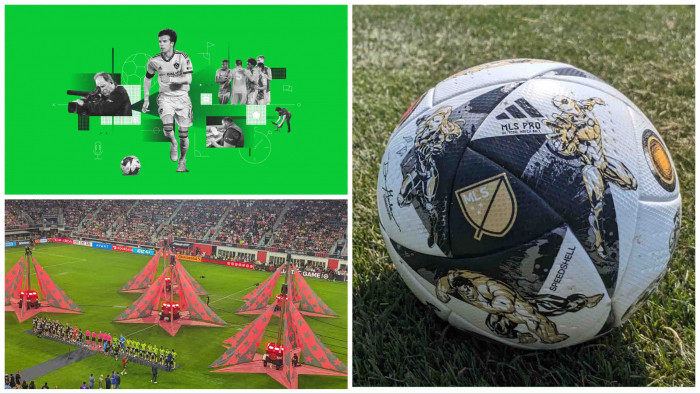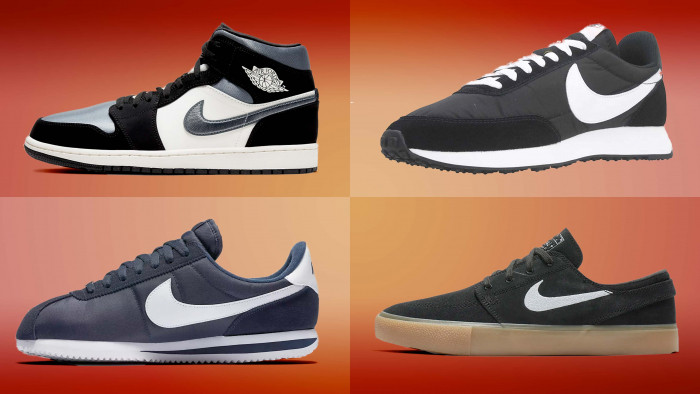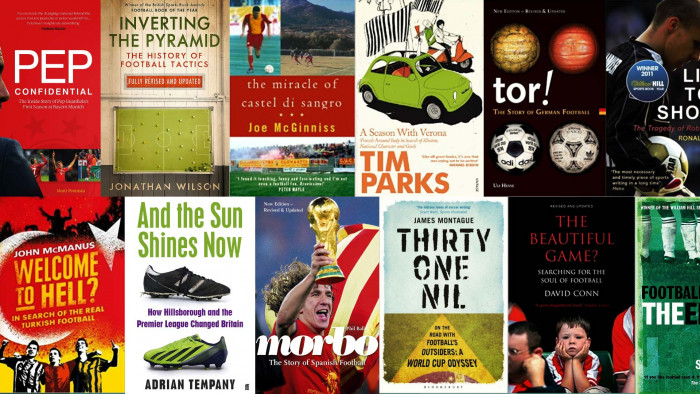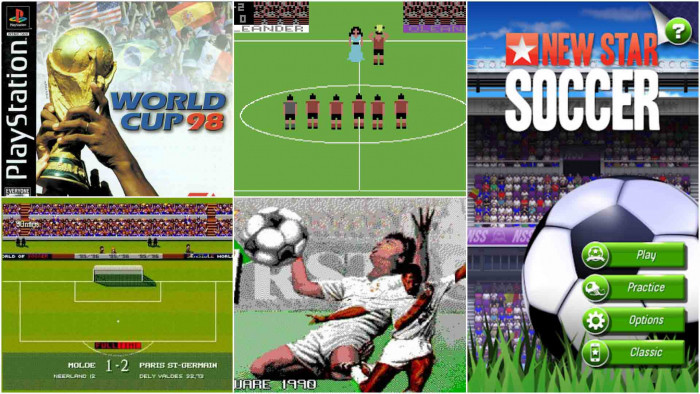It’s been four decades since John Carlos’s Black Power salute but, as Jimi Famurewa learns, his revolutionary spirit hasn’t dimmed
In the early Sixties, in the politically charged New York neighbourhood of Harlem, John Carlos waged a war on a bitter foe. His opponent? The caterpillar.
“I had gone to the manager [of the housing project] to complain about the caterpillars in the trees because of my mother,” explains the now 66-year-old Carlos. “She worked all night but wouldn’t sit outside in the day because of them. Why should she have to sacrifice something because the management wouldn’t do their job? So I set fire to the trees.”
Resorting to arson to combat a bug infestation may seem extreme. But the recklessness, disdain for authority and conviction evident in this tale would earn Carlos an indelible place in history.
As he says: “I don’t care if it’s good, bad or ugly. If it needs to be done, I’ll do it.” It was a time when black housing projects in the US were known for crumbling walls, roaches and corrupt landlords. An atmosphere dominated by racial police brutality that even athletic success couldn’t escape.
“I don’t think you can say you were in a position of privilege as an athlete in the United States,” he says, still gruff and combative. “Once you stepped outside the arena, they didn’t classify you as an athlete. You were just another black person.”
At the 1968 Olympic Games in Mexico City in October, something needed to be done. Having claimed bronze in the 200m alongside goldwinning Team USA compatriot Tommie Smith, Carlos helped create one of the most powerful images of all time.
As the American anthem kicked in, Carlos and Smith bowed their heads and raised their gloved fists in a show of solidarity with the Black Power movement. Unsurprisingly, this life-shaping day is still fresh in his mind.
“It’s like it happened yesterday,” he laughs. “I can close my eyes and see the stadium, hear the noise, all of it.”

MEDALS OF HONOUR
John Wesley Carlos was born in 1945. After showing early prowess as an athlete, he dreamed of becoming a swimmer. When his war veteran father informed him that his skin colour would deny him access to elite training pools, the fires of rebellion were first stoked.
“Let me tell you something, I love America,” says Carlos. “But at that time we were saying, ‘What do we have to do for America to show us love in return?’” This question powered his involvement with the civil-rights movement (as a teenager he struck up a friendship with Malcolm X) while he excelled on the running track.
In 1967 he helped launch the Olympic Project For Human Rights. They wanted Nazi-sympathiser Avery Brundage removed as president of the International Olympic Committee, and in the aftermath of their salute they faced scorn and criticism, underlining the racial injustice they were fighting. They’d shattered a central Olympic commandment: no politics.
“Instead of singing the national anthem, they screamed it,” remembers Carlos. “It was as if they were trying to shove it down our throats.” The boos in the Olympic Stadium were echoed in media reports – the Chicago Tribune branded them “an embarrassment”, the Los Angeles Times called it a “Nazi-like salute”.
“My First Amendment rights – freedom of speech and freedom of gesture – were taken away,” he says solemnly. Reporters harassed Carlos’s wife Kim, and one furious US fan stormed the team bus. They were ejected from the Olympic Village and Brundage tried, unsuccessfully, to strip them of their medals. Worse was waiting for them back home.

DEATH THREATS AND DISPUTES
“I got letters and telegrams filled with obscenities,” admits Carlos. “I was sent bullets. There were letters saying, ‘You’re going to die’ and they even stabbed a dog and left it at my door with a letter saying, ‘You’re next’.” Those raised fists set a destructive Olympics Committee (IOC) chief and for African-American athletes to boycott the upcoming games. After the plan foundered, those going to Mexico had to improvise their protests.
“We made plans at the 200m semi-final,” recalls Carlos. “I told Mr Smith I was disenchanted that the boycott was called off and I wanted to make a statement. Then we worked out what we would do, what artefacts would come to the table and, 30 minutes before receiving our medals, we orchestrated the whole thing.”
Those “artefacts” refer to the black gloves that represented strength, unity and socialist defiance – they only had one pair, brought by Smith to shake Brundage’s hand. They wore dark socks and no shoes for black poverty, beads to represent lynching, held an olive sapling to represent peace and Carlos undid his top for “blue collar workers and everyday working people”.
Considering they’d trained all their lives for this moment, what they did represented extraordinary personal sacrifice. Was it hard to remember the political purpose after the years of toil?
“People work all their lives to go to the Olympics,” he explains. “But people have lived and lost their lives trying to be respected as men and women.”
History has recast Smith and Carlos as brave revolutionaries in the mould of Vietnam-objecting Muhammad Ali. But it set a ripple effect in motion. Peter Norman, the Australian ‘third man’ who claimed silver and wore a badge in support of the movement, became a national pariah before dying in 2006. Carlos’s first wife committed suicide because of the stress, and he didn’t speak to Smith for years. Yet he has no regrets.
“My career after ’68 didn’t matter. Many people never get to have a career,” he says. “The biggest question I had was whether to stay home after the boycott was cancelled. But I thought to myself that if I stayed home someone would have run in my place, but they wouldn’t represent me the way I felt I should have been represented. It was destiny and it was about humanity. Every race on this planet can relate to that statement.”
Our time is nearly up, but there’s still one lingering mystery over that iconic photo. While Smith stands ruler straight, Carlos seems to be slouching with his head cocked to the side. Despite his proclamations, was it last-minute nerves?
“Coming out of New York, I always learned to never be in a position where I couldn’t protect myself,” he says with a laugh. “So if someone was going to rush me, they were going to get a wake-up call first.” You can take the boy out of Harlem...
This article was originally published in 2012
(Images: PA)
Latest
Related Reviews and Shortlists



